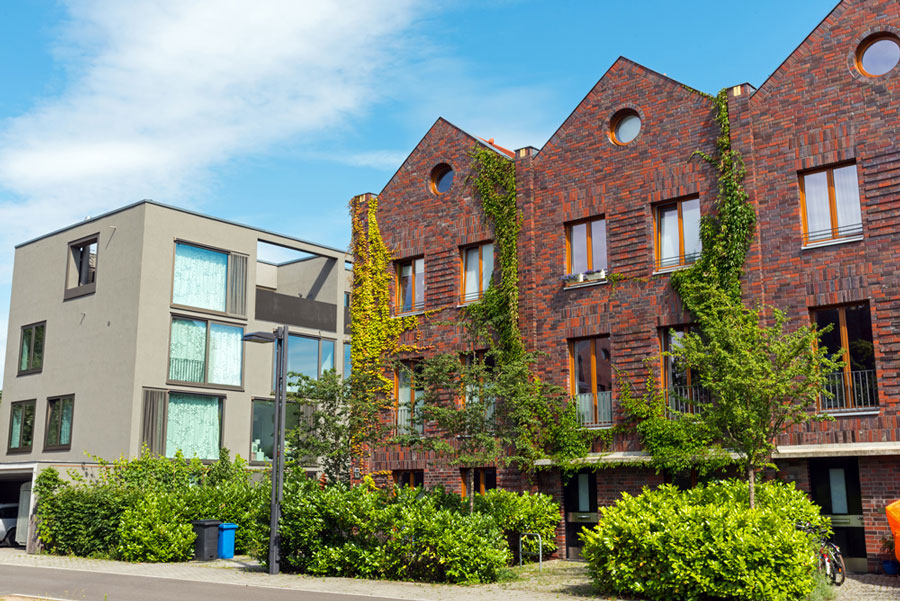As a real estate investor, you can earn a steady flow of income to secure financial freedom. What’s even better is investing in ventures that do not require you to materially participate. Money earned through passive income requires little daily effort and minimal activity on your part. Investing in multi-family real estate has many benefits including recurring cash flow, appreciation, mortgage paydown and taxes.
Multi-family investment properties are taxed based on a passive income rate. It’s not subject to employment taxes, so it’s lower than regular income tax rates. When an investor records a loss on a passive activity – rental or business activities to which the taxpayer did not actively contribute – only passive activity profits can have their deductions offset. You can get the most of a tax deduction from activities that are classified as passive.
Depreciation
We know that an object loses value over time due to wear and tear. Real estate depreciation assumes the building is declining over time because of wear and tear, even though that’s not generally the case. To encourage rental property owners to invest in the longevity of the property, the IRS allows you to take a depreciation deduction over its lifetime – which has been predetermined to be 27.5 years. You can take the deduction each year with the aim of making improvements to the rental property. It protects other income from taxes and reduces your tax bill, resulting in cash flow.
1031 Exchange
The capital gains, or profits you receive from the sale of a property, is subject to being taxed. However, this can work in your favor.
Under Section 1031 of the Internal Revenue Code, the proceeds of a property sale can be rolled into any type of “like-kind” building that’s used to conduct business. Simply put, you’re swapping one investment property for another. Capital gains taxes are deferred upon the sale of an investment property as long another property is purchased with the profit gained by the sale of the first property. As an investor, you will avoid being taxed until you sell the property.
Last year, the IRS narrowed its criteria of like-kind exchange treatment to real property held for use in trade or business or for investment. After closing, a new property must be identified within 45 days and you must close on the new property within 180 days. It’s also important to note that the replacement property must be equal to or greater than the existing property and the exchange should be real property. You also can’t use the 1031 exchange for personal property, unless it’s used for investment or business.
Long-term capital gains taxes
Having low tax rates on capital gains is a great advantage, especially when over the long term. Depending on your income bracket, long-term gains – which are held for more than one year – are taxed at either 0%, 15% or 20%. This is comparably lower than short-term gains which have tax rates at 0%, 12%, 22%, 24%, 32%, 35% or 37%.
Short-term capital gains are taxed as ordinary income according to your federal tax bracket. You will pay them at the same rate you’d pay your regular taxes. If you hold onto the property for longer, you will be taxed less and make a greater profit.
In conclusion, you can reduce your tax bills in real terms from multi-family real estate and passive income. The tax benefits are numerous and you can earn a steady flow of income to secure financial freedom for the long haul. They key is to start now. Investment firms like ours are here to find tangible assets that have attractive returns.

